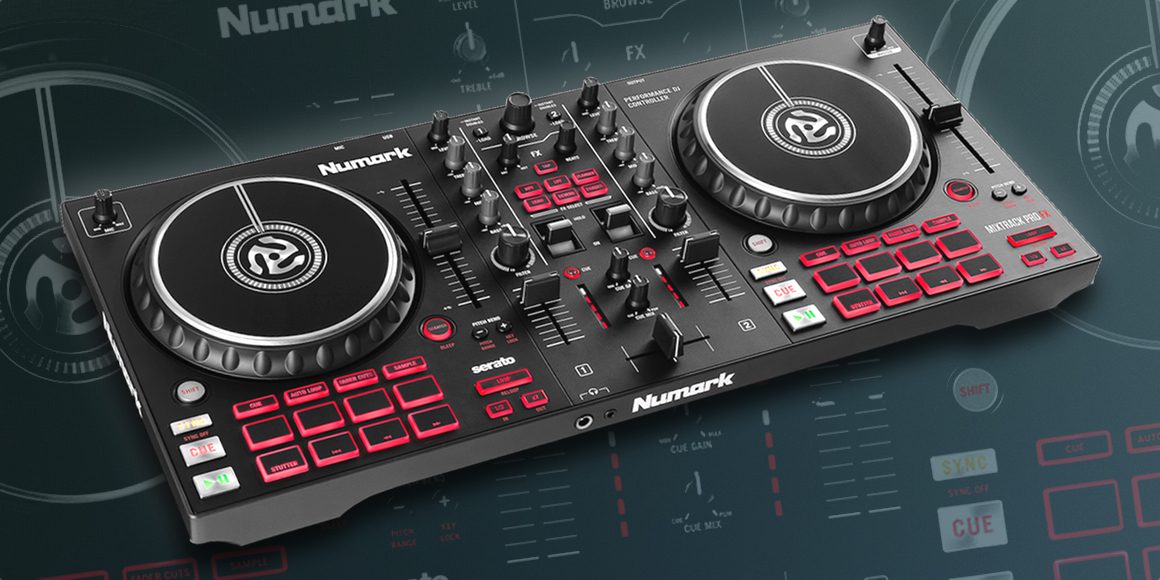
The outputs are identical both are controlled by the Main volume control on the unit, so in other words, the “second” output is neither a booth output with its own volume control nor a true “record” output (that bypasses the Main volume control). The back panel is very simple, with a USB socket for the computer, a DC-in (power transformer is provided), and a pair of RCA stereo outputs.
#Deckadance mixtrack pro plus#
No inputs and two sets of RCA outputs plus USB and power this is simple stuff, especially as the two RCA pairs carry exactly the same signal. Worth noting here too that there are no external inputs at all not even a microphone-through.

One pleasant surprise is the “kill” buttons (not often seen any more) in the mixer EQ section however, I’d like to have seen the eight hotcues per deck be bigger and easier to press cue juggling would be just about possible on this but they’re no way as good as many controllers nowadays.
#Deckadance mixtrack pro software#
The FX are channel assignable, and big A/B/C/D buttons let you control four software decks, the scratch/nudge behaviour switched again by nice big buttons (the only round buttons on the whole unit in this case).

The actual layout contains no surprises whatsoever it’s totally standard, eschewing the current trend for big pads and sticking to hard plastic “click” buttons, all backlit in various colours. With the cue/master mix and headphones volume knobs moved to the front side of the unit (along with the 1/4″-only headphones socket, the only items on this part of the controller), all of this means a very user-friendly control layout overall. Compared to other units under $200, it looks extremely professional.īecause of its size, it is not in any way cramped, and the extra space has also allowed the designers to incorporate large (6″) jogwheels, really long-throw pitch faders, long line faders, eight hotcue buttons per deck, decent sized buttons everywhere, and lots of spacing between the EQ and FX knobs. The unit is quite large (about the size of a Traktor Kontrol S4, although not as deep, and slimmer), and also like the Traktor Kontrol S4, it is made of plastic, but with a black metal faceplate which means it feels nice to touch and use, while still being quite light. However, the company has been totally quiet in this area ever since then, while other brands have taken centre stage. But to say Behringer is back would be an understatement: It has just simultaneously released seven new controllers: several modular devices, a micro all-in-one, and the device we’re reviewing today, the Behringer CMD Studio 4A. Behringer has always had a reputation for making music gear that’s exceptionally well priced, and also came up with a couple of the very first DJ controllers many years back, the B-Control BCD2000 and BCD3000.


 0 kommentar(er)
0 kommentar(er)
